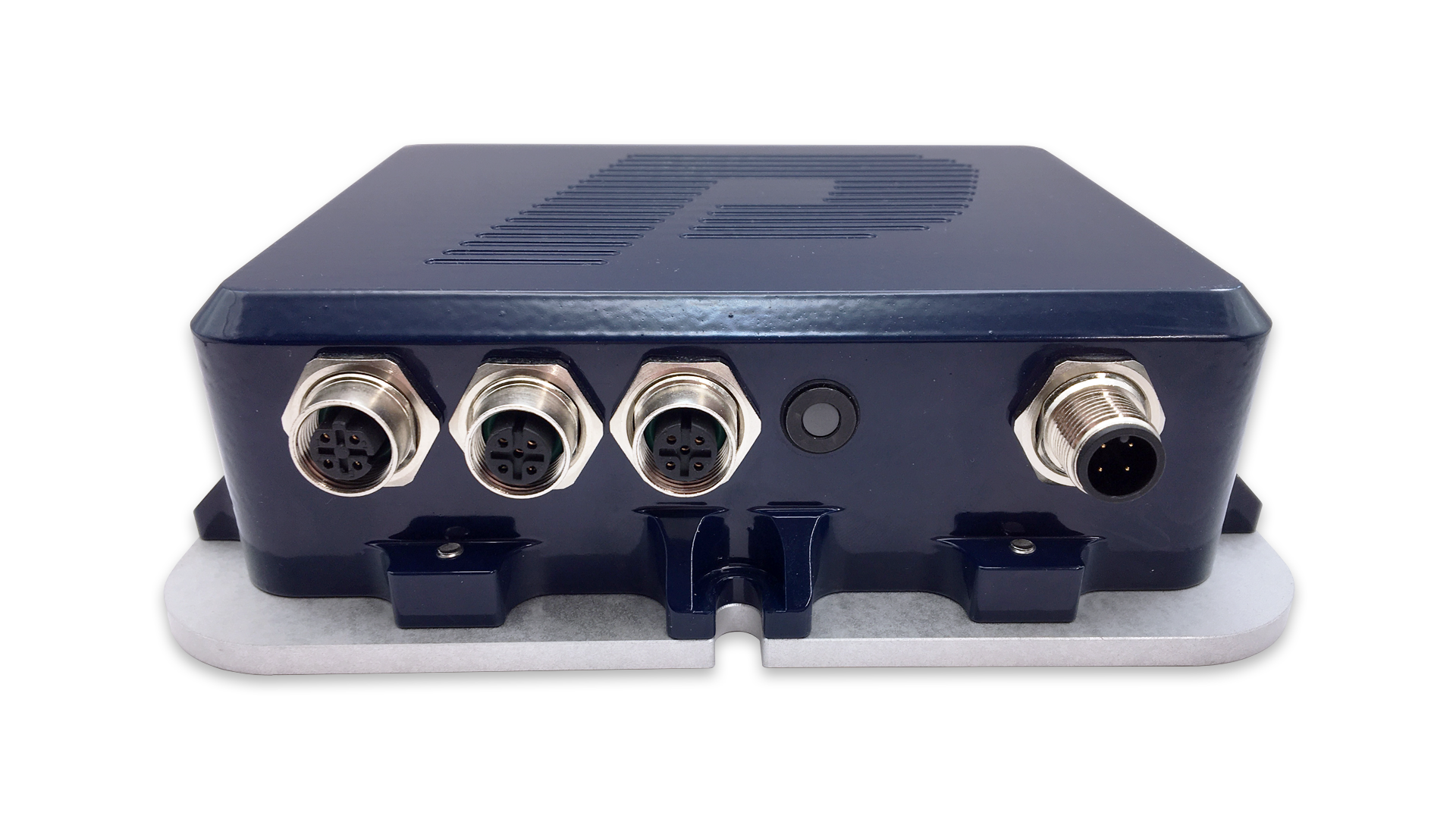Vibration & Noise Reduction
Reducing Track & Vehicle Vibrations for a Quieter, More Efficient Railway
Excessive vibrations and noise in railway systems can lead to passenger discomfort, infrastructure damage, and increased maintenance costs. Parametric's RET4000 system offers a solution by providing real-time monitoring and adaptive control to minimize these effects, ensuring a smoother and quieter ride.
How It Works:
- Real-time vibration analysis detects and tracks excessive oscillations
- Automated damping control adjusts system responses dynamically
- Edge-based processing ensures instant detection and response
Key Benefits:
- Extends infrastructure lifespan by reducing track stress
- Improves passenger experience with smoother, quieter rides
- Reduces long-term maintenance costs for rail operators

Understanding the Causes
Exploring the key factors behind wheel-rail interactions and their impact on railway systems.
Effective Case Studies
Our Solution in Action for Optimal Performance and Efficiency
Intelligent Rail Maintenance
Sustainable Noise Reduction and Material Protection for a Quieter Urban Transit
The Root of Railway Vibrations and Noise
Vibrations and noise in railways primarily stem from the dynamic interaction between train wheels and tracks. Key contributing factors include:
- Irregularities in wheel or rail surfaces can cause uneven contact, leading to vibrations and noise. This can result from wear, defects, or misalignments.
Conclusion: Understanding the causes of railway vibrations and noise is essential for ensuring a smooth, safe, and efficient rail system. Factors such as wheel-rail interaction, track irregularities, train speed, and structural resonance all contribute to these challenges. If left unaddressed, excessive vibrations can lead to increased wear, structural damage, passenger discomfort, and higher maintenance costs. Therefore, continuous monitoring and optimization of wheel-rail dynamics are crucial to minimizing vibrations and enhancing overall railway performance.
Challenge
In tram traffic, the wheels of trams often produce unpleasant noises when navigating curves, which are caused by inadequately lubricated rails. Efficient lubrication is not only a matter of noise reduction but also of environmental protection and resource conservation. The challenge lies in accurately predicting where and when lubrication is needed to minimize lubricant consumption while simultaneously preventing wheel squeal.
Solution
Our solution is based on an intelligent combination of deep learning and real-time data processing. Equipped with the RET4000 measurement device, which continuously captures noise and vibration data during operation, and an RAR4000 edge computer, which analyzes the data, the system can precisely determine when and where lubrication needs to be applied. This prediction is made possible by a deep learning model that learns from the captured data and continuously improves.
Advantages
- Efficient Lubrication: By precisely controlling the mobile grease pumps, lubrication is applied only where it is actually needed. This reduces material consumption and is environmentally friendly.
- Noise Reduction: Trams operate more quietly as the wheels are consistently optimally lubricated, preventing disturbing squeaks.
- Longer Lifespan: By minimizing wear on the rails, their lifespan is extended, which saves costs in the long run.
System Architecture
Our solution is fully integrated into Bernmobil's infrastructure and uses an edge system to process data directly on-site. The RET4000 measurement devices are installed in the trams and continuously collect data on noise and vibrations. The collected data is sent to a central RAR4000 edge computer, which performs the calculations and controls the grease pumps as needed. An LTE connection ensures that the data is transmitted in real-time to a cloud database, where it is available for further analysis.
Components
- RET4000 Measurement Device: Continuously measures noise and vibration data.
- Mesh Network: Connects multiple devices to each other if needed.
- Microphones: Capture both internal and external noises.
- Vibration Sensors: Optional for additional vibration measurement.
- LTE Connection: Provides remote access and data transmission to the cloud.
- RAR4000 Edge Computer: Performs calculations and controls the grease pumps.
Detailed Views of the Solution in Operation
Detailed Views of the Solution in Operation
Ready to enhance your rail system? Contact us today for smarter, quieter, and more sustainable solutions!
Sustainable noise reduction and material protection for quieter urban transportation
With our intelligent rail head conditioning, we enable predictive and efficient rail maintenance that not only reduces noise but also minimizes material wear. This actively contributes to quieter and more sustainable urban transportation.

RET4000 Measuring Node
The RET4000 measuring node is part of the time-synchronized, mobile RET measuring system. It allows the recording of analog and digital values from external sensors.
Characteristics
- 8 isolated analog inputs +-2.5V +-10V
- Up to 500,000 analog samples per second
- IEPE/ICP can be switched on
- 4 digital inputs 5-75V with configurable safety function
- 2 digital outputs solid state relay 1A
- Concurrent GNSS / GPS
- 3 axis IMU internal
- WiFi Mesh
- LTE modem with dual SIM
- CAN2.0
- Isolated power supply 24 / 48 / 110V (variants)
- EN50155 Compliant











